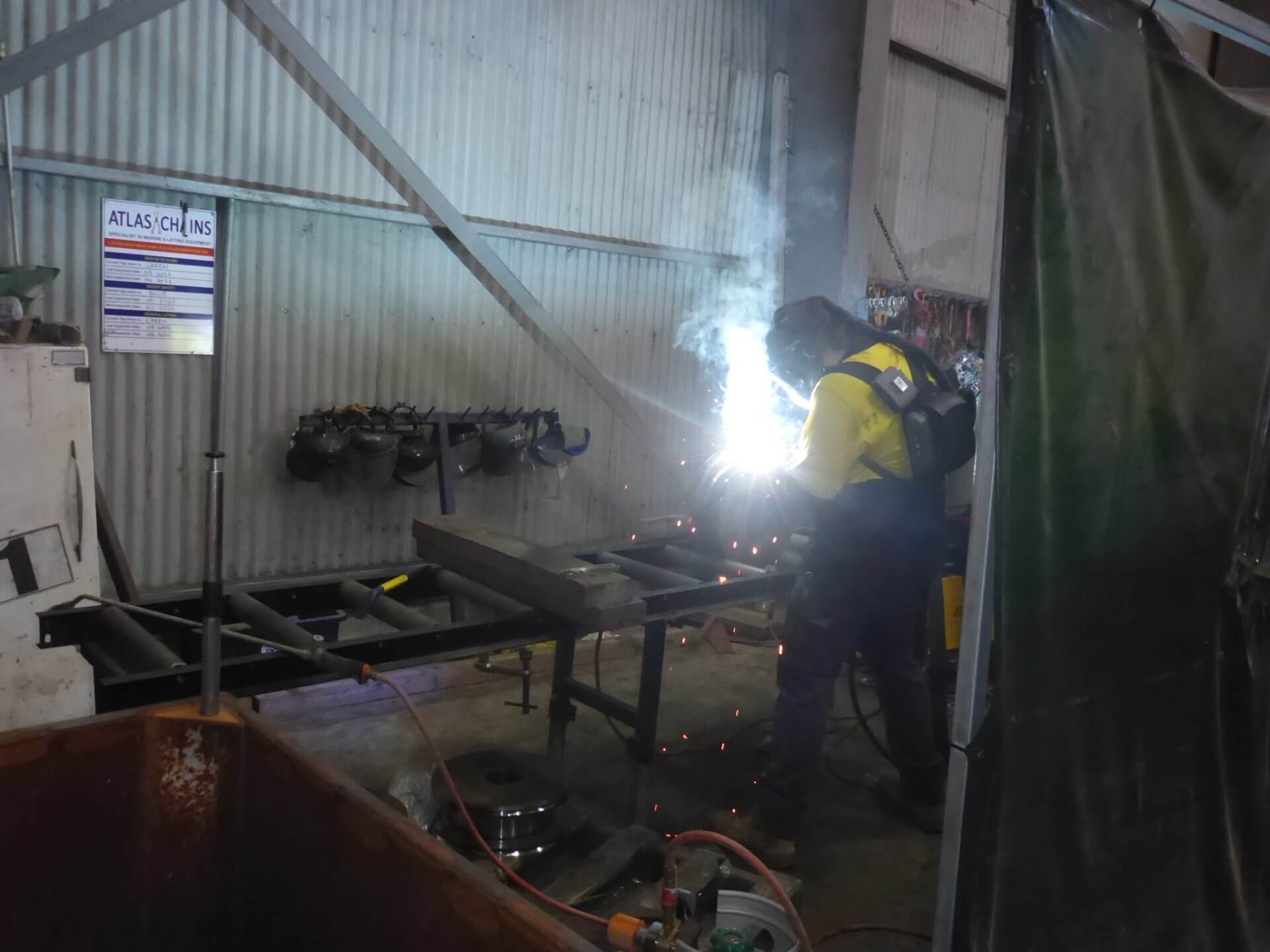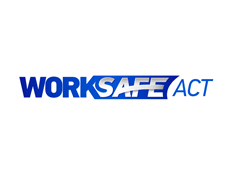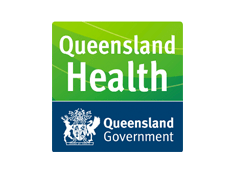
Work Health and Safety Ministers have agreed to an immediate reduction to the workplace exposure standard (WES) for welding fumes (not otherwise classified) has been reduced from an 8-hour time weighted average (TWA) of 5 mg/m3 to 1 mg/m3.
The change to the welding fume Workplace Exposure Standard (WES) will become mandatory once implemented in the WHS/OHS laws in the Commonwealth, states and territories.
Welding processes are common across many industries, including construction and manufacturing. Workers who are exposed to welding fumes can develop occupational lung diseases including lung cancer.
Under the model WHS laws, persons conducting a business or undertaking (PCBU) – like an employer, must eliminate or minimise the risks to worker health and safety so far as is reasonably practicable, including those associated with chemical exposure.
A PCBU must also ensure that workers are not exposed to any airborne contaminant above the concentration listed in the Workplace exposure standards (WES) for airborne contaminants (WES list). Welding fumes are a complex mix of hazardous chemicals. Some individual components of welding fumes also have their own WES. In addition to ensuring workers’ exposure to total welding fumes is below the WES, PCBUs must ensure workers’ exposure to individual welding fume components is below those respective WES also.
The model Code of Practice: welding processes provides guidance to help manage the risks associated with welding, including exposure to welding fumes. The welding fumes page on the Safe Work Australia website has further information.
Hazmat Plus has trained Occupational Hygienists on staff who can assist with baseline exposure monitoring, control selection, health surveillance and regular exposure monitoring to prove compliance.















